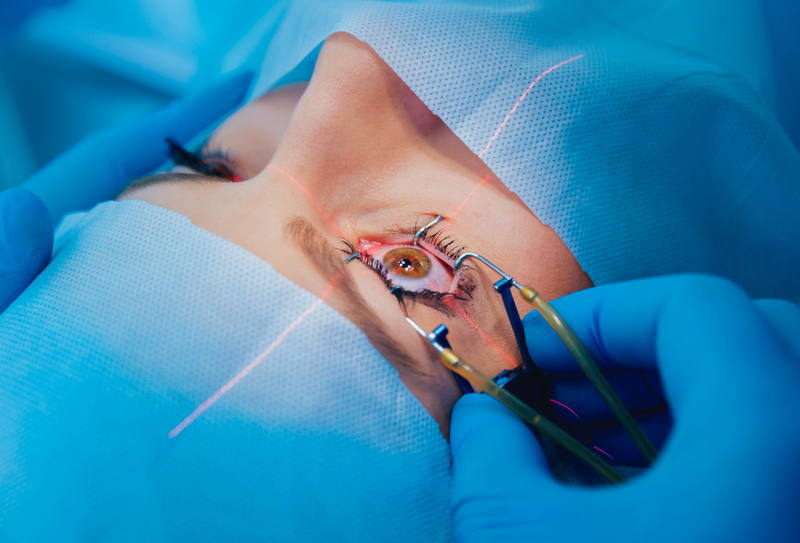Clinical trials offer hope for restoring sight in acid attack victims
IANS Jul 16, 2019
Clinical trials will be carried out at L.V. Prasad Eye Institute at Hyderabad that would offer hope for restoring sight in acid attack victims, the institute said on July 15.

Under the revolutionary approach to treat chemical burns in the eye, a tissue-softening enzyme collagenase will be used in patients who have suffered acid attacks or industrial accidents. The first-in-man trial will examine how effective the enzyme is at softening the underlying tissue in the eye, allowing the patients' own stem cells to repair the damage and restore the patient's sight, LVPEI said.
The trial involving 30 patients is funded by the Ulverscroft Foundation, a UK charity that supports organisations helping the visually impaired. It will be carried out in collaboration with Dr Sayan Basu (Clinician) and Dr Vivek Singh (Scientist) at LVPEI.
The clinical trial follows research by a team from Newcastle University, UK, who earlier this year showed that applying collagenase to the cornea softens the underlying tissue, allowing the stem cells situated there to repair any damage. "Suitable participants for the trial will be selected by an assessment team at the L.V. Prasad Eye Institute after rigorous medical and ethical approval, and results from the trial are expected in 2021," said Dr Sayan Basu, Director for the Centre for Ocular Regeneration, LVPEI.
"If the trial is successful, it can save time and money in treating alkali burn patients, without the need for long-term follow-up and the use of limbal transplantation. Recovery too can be faster for the patient," said Dr Vivek Singh, Lead Scientist at LVPEI.
Every year, about two million people worldwide become blind due to corneal trauma, with 1 in every 5 cases caused by chemical burns to the eye. The tissue-softening enzyme collagenase can prevent loss of corneal stem cells following an injury, and could prevent patients from losing their sight. It offers hope to almost 500,000 people a year who lose their sight due to chemical burns, including acid attacks.
"The simplicity and relative low cost of this therapy compared to existing approaches in which stem cells have to be transplanted is a game-changer. It greatly expands the number of potential patients being treated for corneal burns across the world, and may well have applications in other diseases," said Professor Che Connon, the director of the study and leader of the Tissue Engineering Lab at Newcastle University.
-
Exclusive Write-ups & Webinars by KOLs
-
Daily Quiz by specialty
-
Paid Market Research Surveys
-
Case discussions, News & Journals' summaries